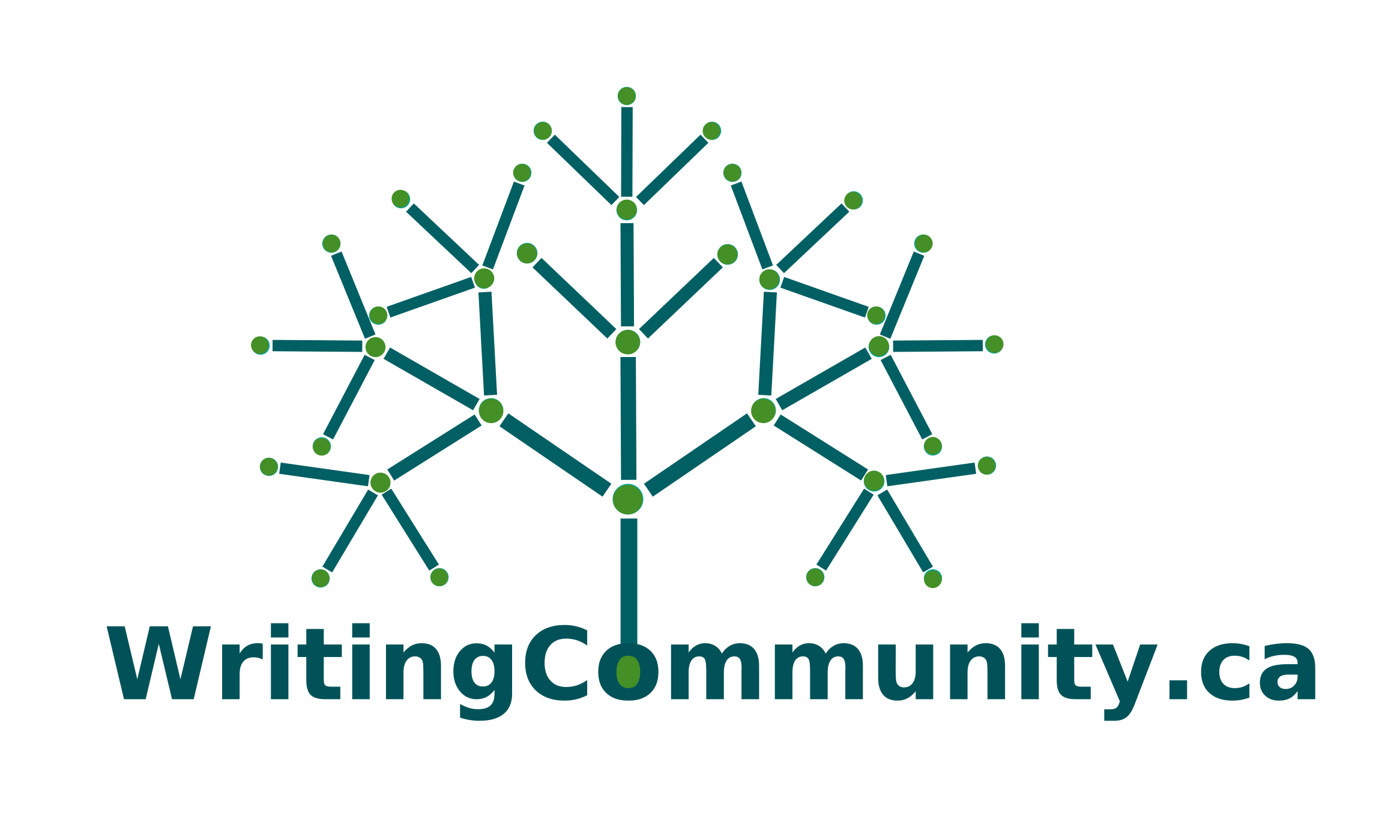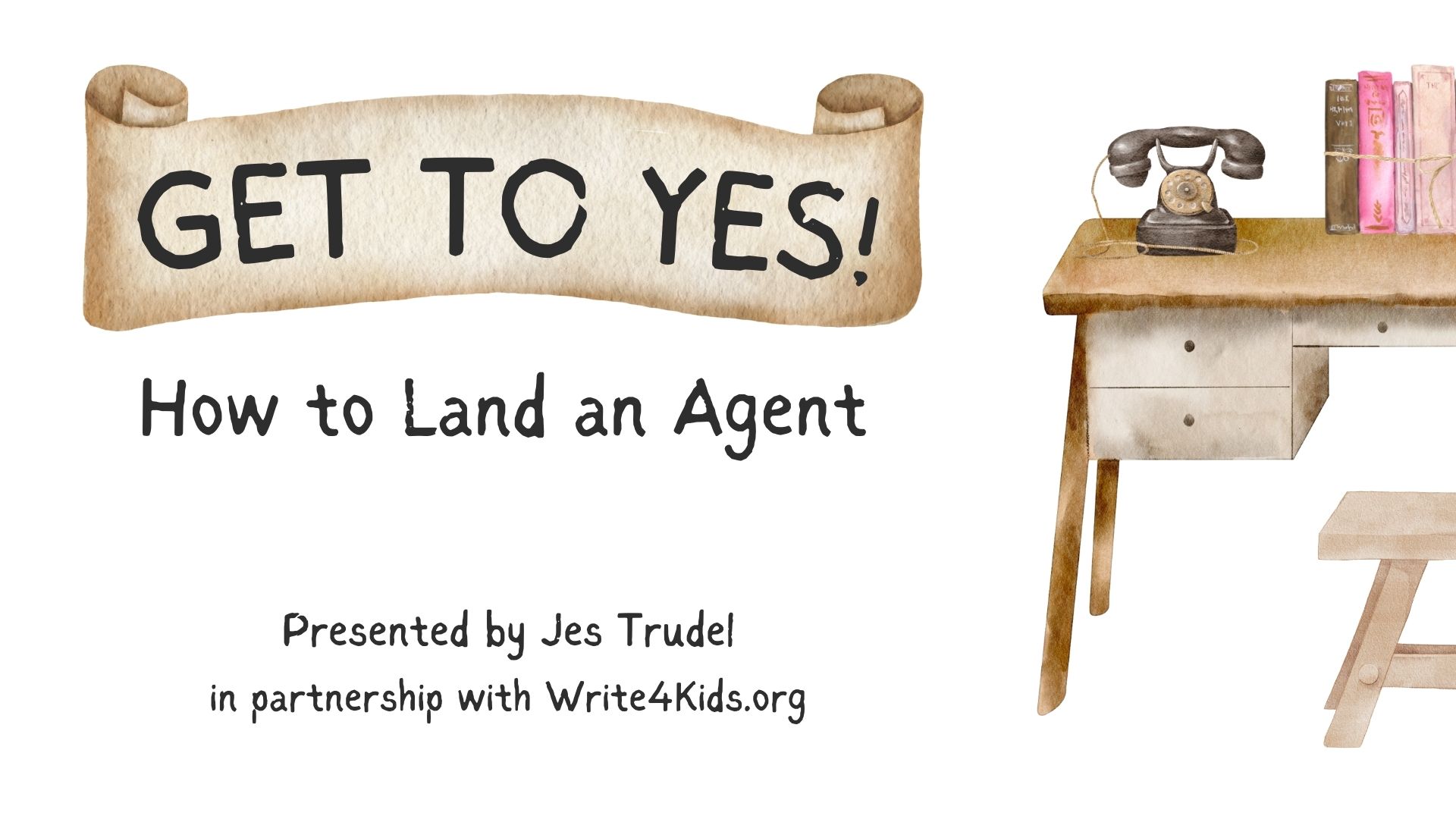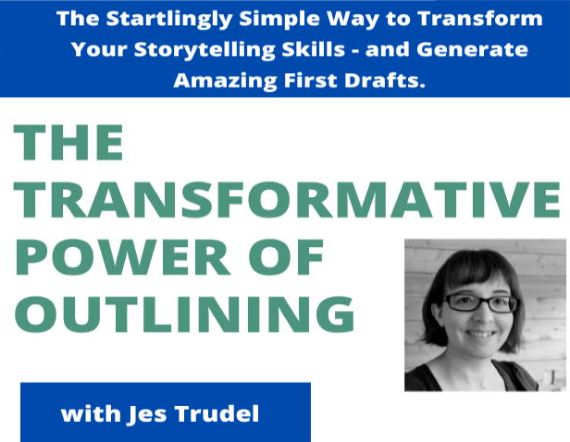
10 Tips for Pitching a Manuscript on Twitter
Hi all. It’s Jes!
Every time a pitch party happens on Twitter, whether I’m participating or not, I scroll through the feed. I love reading and learning from the amazing pitches!
I also see writers making rookie pitch party mistakes. Since my Pitch Party schedule is the most popular page on this website, I thought it would be a good idea to write a short guide for how to pitch on Twitter.
10 PITCH PARTY PARTICIPATION TIPS:
01. RULES. Every pitch party is different. Seek out the relevant website and/or Twitter account for the pitch party you want to participate in and read the rules carefully. Follow them exactly. Even if you’re just a supporter, read the rules, because some parties allow retweets and some don’t. Click here for a list of links to the websites of each party.
02. TIMING. While you’re reading the rules, take special note of the time the pitch party begins and ends, and the time zone. Too often I see pitches an hour early or on a different date entirely. Most agents and editors only look at posts that fall within the allotted time frame.
03. HASHTAGS. Include the pitch party’s hashtag (with the correct spelling) and add any additional hashtags that are relevant. Again, look at the pitch party rules because they usually provide a list of additional hashtags you can (and perhaps should) use.
04. PERSPECTIVE. Write your pitch from your own perspective, not your character’s. You are selling your book like you would on the back cover, and in traditional publishing these are almost always written from an outsider’s point of view.
05. COMPS. Include the title(s) of one or two recently published books to give the agent or publisher a sense of the genre, style, and/or tone of your book. Do not phrase your comp as “the next [blockbuster title here]”. Write comp titles in Title Case and your manuscript title in ALL CAPS to make it stand out.
06. STAKES. You only have 280 characters, and several of those are devoted to details like hashtags and comps. Use the rest to make sure your stakes are clear. Stakes are what the character might lose if they fail. This is the crux of the conflict in your story. World building and interesting character details alone don’t make a story; you need conflict!
07. EDITING. Examine every word in your pitch and decide if you really need it. You only have a small amount of space to say a lot, so it’s okay to take a few grammatical shortcuts so long as your pitch flows and is clear.
08. INTEGRITY. Don’t spam the feed and don’t try to use the hashtag for anything other than its intended purpose. If you abuse the hashtag, you will get blocked by agents and editors, which means that even if you learn your lesson and want to participate in future pitch parties, they still won’t see your posts. They won’t even know they’re missing them.
09. PATIENCE. Some agents and editors don’t start reviewing the feed until later in the day. Some don’t get to it until the day after. Keep your pitch up for a few days at least. If you get a request, link to the tweet in your submission; it could be weeks before they review your submission and they’ll appreciate the reminder.
10. PERSISTENCE. You may not get a request your first time out. Don’t dismay! You may just need to tighten your pitching game a little. Maybe your comps weren’t a good match. Maybe you spelled the hashtag wrong. Maybe you were a little too wordy. Learn by reading other people pitches and seeing which ones got a lot of requests. I also host a Pitch Party Critique group you could join (note: you can join anytime but it’s only active in the week or so before a pitch party).
REMEMBER: If you never get a pitch party request in your entire life, it doesn’t mean your story isn’t worthy. There are dozens of reasons why you might not have gotten a request and many of them have nothing to do with you or your story. You can always submit through the normal querying process. That’s where the majority of traditional publishing deals come from.


